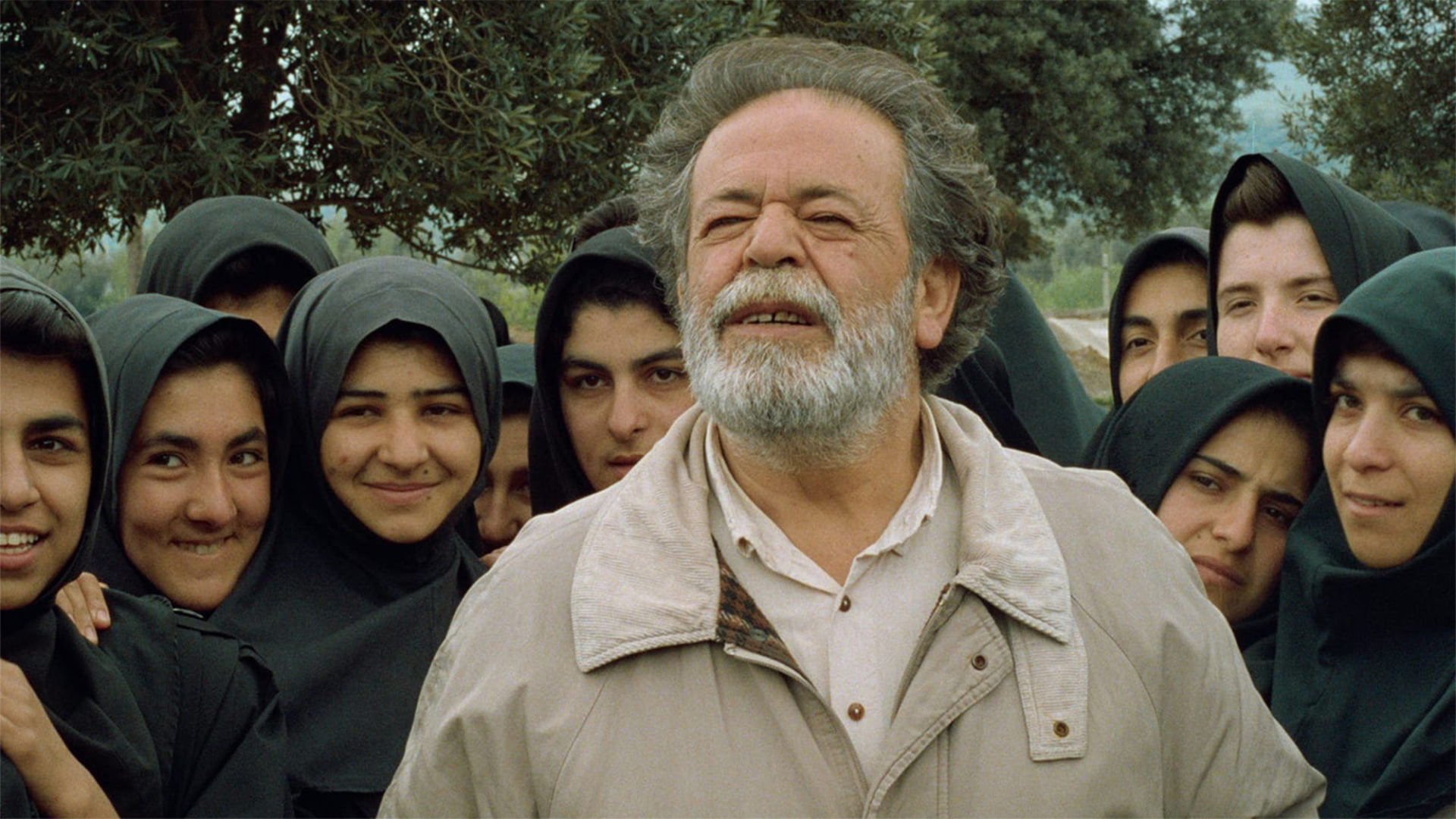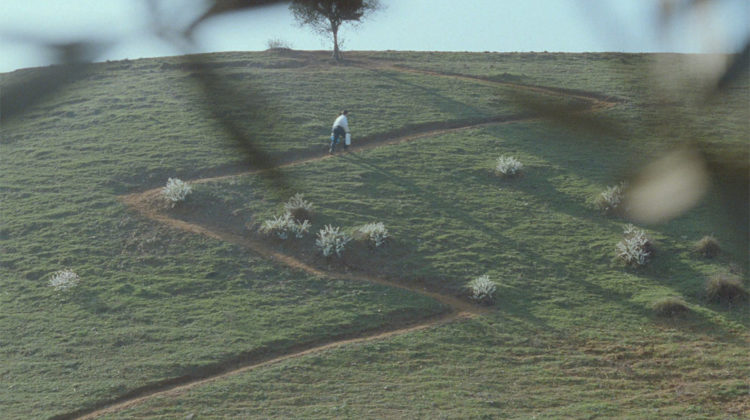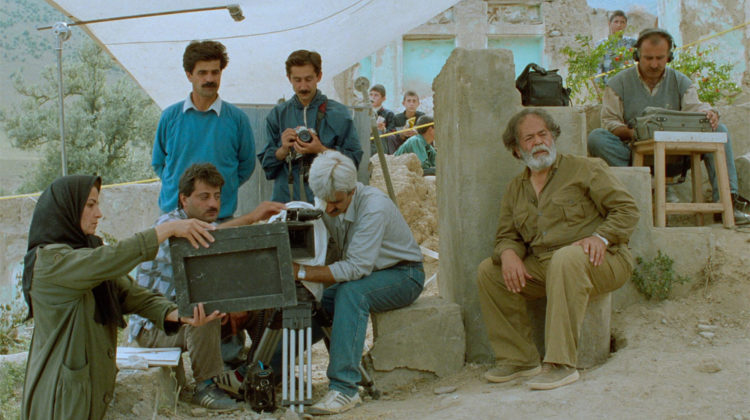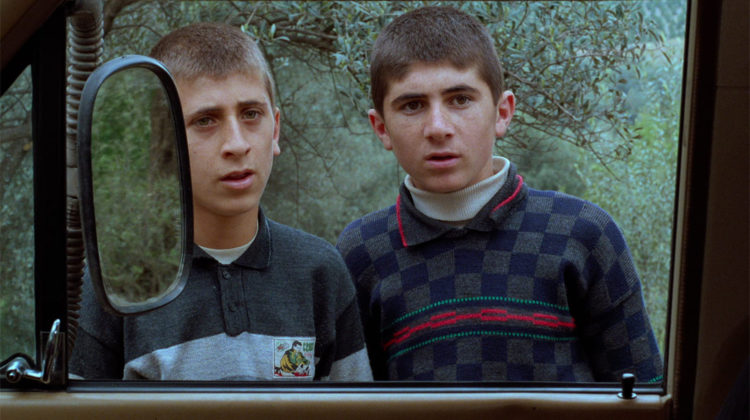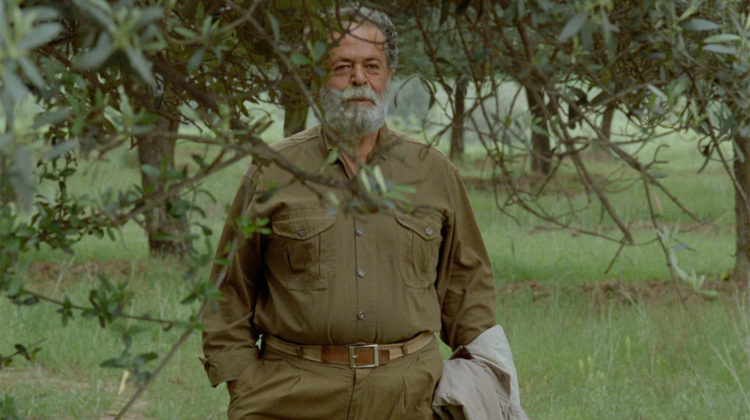And Life Goes On: The Films of Abbas Kiarostami
- Through the Olive Trees
- Zir-e darakhtan-e zeyton
- Iran1994
- Abbas Kiarostami
- 104 DCP
- PG
Screening Dates
- October 19, 2019 6:30
- October 20, 2019 8:20
- October 24, 2019 8:20
- October 27, 2019 4:00
Kiarostami’s hall-of-mirrors playfulness hits miraculous heights in the tour-de-force third film in his Koker triptych. This multi-layered film-about-filmmaking has a (fictional) movie crew travelling to Iran’s earthquake-stricken north to shoot And Life Goes On, Kiarostami’s previous film. Hossein, a lovelorn bricklayer, lands a part in the film, and is delighted that Farkhonde, the young woman who has rejected him, will be playing his wife. As Hossein seizes the opportunity to continue pursuing Farkhonde, the ensuing complications spill over into the “fictional” film they are making. Kiarostami, as always, coaxes affecting performances from a mostly non-professional cast. His breathtaking mix of farce and formalism, his fascination with blurring lines between fact and fiction, in no way diminishes what is above all a warm and nuanced tale of thwarted courtship, and of rural peoples dealing heroically with natural disaster.
Media
Note
The Koker Trilogy
It was the three wonderfully lyrical, warmly humanistic films that make up the so-called “Koker Trilogy” — Where is the Friend’s House?, And Life Goes On, and Through the Olive Trees — that brought Abbas Kiarostami to international attention. These three sublime features, dubbed a trilogy by critics but not by Kiarostami himself, are set in or around Koker, an earthquake-prone community in northern Iran, and are subtly interlaced: each successive film references, in playful, self-reflexive fashion, the film before it. But each is also a standalone work, intended to be appreciated entirely on its own. The self‑reflexivity found in the trilogy (and in Kiarostami’s Close-Up, made in the midst of it), the interplay between reality and artifice, documentary and drama, the exploration of cinematic “truth,” are hallmarks of the director’s mature and most lauded work.
